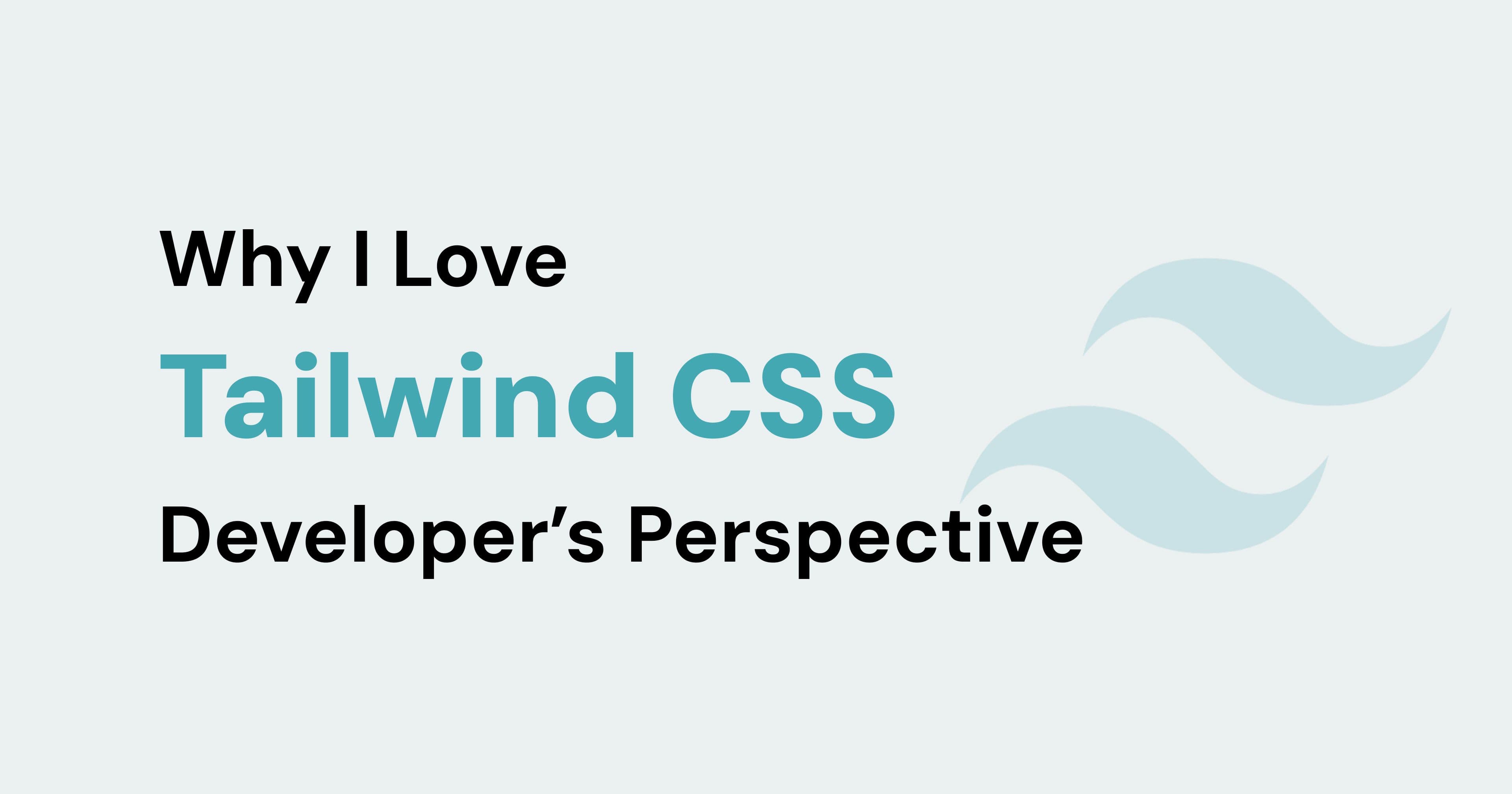Why I Love Tailwind CSS – A Developer's Perspective
Why Tailwind CSS is my go-to for fast, responsive, and clean UI development. A dev-friendly tool that boosts workflow and consistency.
Shafiq Hammad
Jun 26 2025

When I first heard about Tailwind CSS, I was skeptical. Utility-first? Writing styles in class names? It sounded messy. But after using it in production across several projects—including this very site—you can count me among its biggest fans.
In this post, I’ll share why Tailwind CSS has become an essential part of my frontend toolkit, and how it helps me build fast, responsive, and maintainable user interfaces.
🛠 What Is Tailwind CSS?
Tailwind CSS is a utility-first CSS framework that gives you low-level utility classes to build custom designs without writing traditional CSS.
Instead of writing CSS rules like this:
cssCopyEdit.hero { margin-top: 4rem; font-size: 2rem; color: #333; }
You use Tailwind's utility classes directly in your markup:
htmlCopyEdit<div class="mt-16 text-2xl text-gray-800">Hello Tailwind</div>
This might look chaotic at first, but there's a reason so many developers prefer it—including me.
🚀 Why I Use Tailwind CSS
1. Rapid Development
Tailwind helps me prototype and build UI faster. I don’t need to jump between my HTML and CSS files or worry about naming conventions. I can focus purely on the design and layout.
2. Consistent Design System
Tailwind encourages design consistency. By using a shared configuration (tailwind.config.js), I can ensure that colors, spacing, typography, and breakpoints remain consistent across the app.
3. Responsive Made Easy
Responsiveness is built into the framework. Need to change padding or flex direction for mobile? Just add md:, lg: prefixes.
htmlCopyEdit<div class="flex flex-col md:flex-row gap-4">...</div>
This reduces the need for writing custom media queries.
4. No More Dead CSS
Because Tailwind uses PurgeCSS (or built-in JIT engine now), unused styles are removed from production builds. That means smaller CSS files and better performance.
5. Excellent Developer Experience
Tailwind's autocomplete and IntelliSense support in modern editors like VSCode makes writing UI a breeze. You get suggestions, color previews, and more—right where you need them.
🧠 Is It Really Better Than Traditional CSS?
That depends. If you’re building small projects or working with a designer who hands off static HTML/CSS files, maybe not.
But if you're building scalable UI components, working in a team, or managing a design system—Tailwind shines.
It helps you avoid bloated CSS files, enforces consistent spacing and design, and eliminates the endless class naming debates (goodbye, card-container__title--primary).
💼 How I Use Tailwind in My Projects
Almost every project I build now starts with Tailwind—whether it’s a marketing site, SaaS dashboard, or personal blog.
For example:
- This portfolio site (shafiqhammad.site) was built using Next.js, Tailwind CSS, and Sanity.
- I’ve used Tailwind with React, Vue, Astro, and Laravel with no problems at all.
- With Tailwind plugins like @tailwindcss/forms, @tailwindcss/typography, and @tailwindcss/aspect-ratio, the framework just keeps getting more powerful.
🔍 SEO & Performance Friendly
Contrary to what some think, Tailwind doesn't hurt SEO. In fact, it helps performance:
- It generates minimal CSS at build time.
- With semantic HTML and proper accessibility (which is up to you), your site remains SEO-friendly.
- You don’t have to worry about bloated class names or unused styles.
🧩 Final Thoughts
Tailwind CSS isn’t for everyone—but for developers who want full control over UI without the pain of writing CSS from scratch, it’s a dream come true.
It helps me build faster, cleaner, and more maintainable UIs—and that’s why I love using it.
🔗 Want to Try Tailwind?
You can get started in minutes:
👉 https://tailwindcss.com/docs/installation
Or explore components at:
👉 https://tailwindui.com
👉 https://www.tailgrids.com
👉 https://tailblocks.cc
If you're a developer looking to improve your frontend workflow, give Tailwind CSS a try. It might just change the way you build websites—like it did for me.